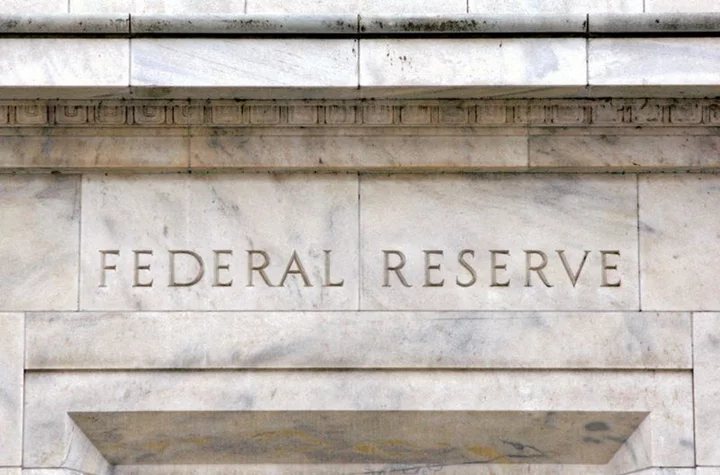By Michelle Price
WASHINGTON Big U.S. banks' commercial real estate portfolios put in a surprisingly good performance during the Federal Reserve's annual health checks, with losses declining slightly on last year, the central bank said on Wednesday.
With risks growing in the commercial real estate (CRE) sector globally, analysts and investors were looking to the Fed's "stress tests" for more insight on how exposed the country's lenders are to falling real estate prices.
Commercial real estate (CRE), especially offices, has been hit by interest rates hikes and workers choosing to stay at home. CRE values in all sectors are expected to soften as economic activity decelerates, hurting banks, which hold about half of the $6 trillion in outstanding CRE debt and the largest share maturing in 2023-2026, Moody's Investors Service said this month.
The Fed's annual bank "stress tests" established following the 2007-2009 financial crisis probe how lenders would fare against an extreme scenario: a 40% decline in commercial real estate values.
The 23 banks examined subject hold approximately 20% of office and downtown retail CRE loans, and showed they could weather a major CRE downturn. The average projected CRE loan loss rate across the group was 8.8% of average loan balances, compared with 9.8% last year, the Fed said.
Goldman Sachs Group showed the highest CRE loan loss rate of 16% of average loan balances, followed by Morgan Stanley at 13.7% and Citizens at 12.4%. Charles Schwab, which focuses on retail customers, had a CRE loss rate of zero.
While the results paint a better-than-expected picture of the industry's CRE exposure, Fed officials acknowledged smaller regional and community banks which are not tested hold the majority of bank CRE loans.
Here are the projected loan losses by type of loan for 2023:Q1–2025:Q1 under the Fed's severely adverse scenario as a percent of average loan balances:
Bank of America Corporation - 9.4%
The Bank of New York Mellon Corporation - 9.3%
Barclays US LLC - 3.4%
BMO Financial Corp. - 8.3%
Capital One Financial Corporation - 9.9%
The Charles Schwab Corporation - 0.0%
Citigroup Inc. - 9.3%
Citizens Financial Group, Inc. - 12.4%
Credit Suisse Holdings (USA), Inc. - 8.4%
DB USA Corporation - 11.2%
The Goldman Sachs Group, Inc. - 16.0%
JPMorgan Chase & Co. - 3.9%
M&T Bank Corporation - 8.8%
Morgan Stanley - 13.7%
Northern Trust Corporation - 11.5%
The PNC Financial Services Group, Inc. - 10.0%
RBC US Group Holdings LLC 2 - 10.3%
State Street Corporation - 4.1%
TD Group US Holdings LLC - 7.5%
Truist Financial Corporation - 9.6%
UBS Americas Holding LLC - 4.1%
U.S. Bancorp - 9.5%
Wells Fargo & Company - 9.7%
(Reporting by Michelle Price; additional reporting by Pete Schroeder; Editing by Stephen Coates)

